Self-reliance in energy is a basic requirements of the economic development of nay nation. India is not self sufficient petroleum and has to important about two thirds of its requirements. If the oil price goes up the important cost also goes up immediately. Presently, India is importing 70% of petroleum fuel ay a cost amounting Rs. 100.000 crores. Annual consumption of diesel in the country is around 40 million tons at present. Fossil fuel not only contributes to pollution but it is a major source of green House Gases. The need to search for alternative sources of energy, which are renewable, sage and non-polluting, assumes top-priority in view of the uncertain supplies and frequent price hikes of fossil fuels in the international market. Under such circumstances, options available are to reduce the fossil fuel consumption and increase the energy efficiency. A number of tree-borne oilseeds (TBOs) crops are identified as an alternate to diesel. In the recent past, the economic importance of Jatropha has increased because of its oil as a diesel substituted. Jatropha properties such as it adapts well to semi-arid marginal sites. Its oil can be processed for use as a diesel fuel substitute and can be used for erosion control have won over the attention of various development agencies. In spite of several uses of Jatropha, not much attention has been paid to Jatropha cultivation. The problem of unemployment and pollution in the c9ountry to some extent can be tackled by adoption of Jatyropha farming. Such persons need a comprehensive training on the subject. The literature available on Jatropha cultivation is cscanty and scattered here and there. In this book, the authors have made an attempt to bring all aspects related to Jatropha cultivation at a single place, in a systematic manner and in a layman's language. The authors are hopeful that the efforts made in this direction will prove to be useful to the nurserymen, foresters, jatropha growers, environmentalists, students, and horticulturists and above all to those who have an inclination toward nature. A Large number of books, journals and proceedings of symposia and workshops have been consulted. A list if these is given at the end of the books as bibliography.
Jatropha Curcas L. Silviculture and Uses
In stock
Free & Quick Delivery Worldwide
Bibliographic information
Title
Jatropha Curcas L. Silviculture and Uses
Author
Edition
2nd Revised ed.
Publisher
ISBN
8177542060, 9788177542066
Length
xii+89p., Tables; Figures; Appendix; Bibliography; 22cm.
Subjects

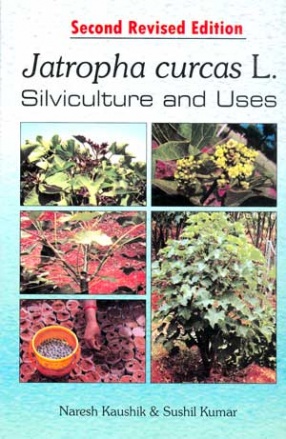
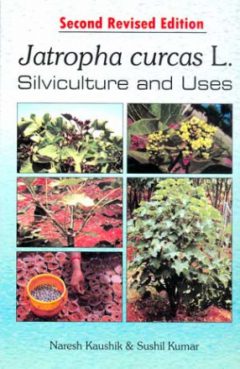
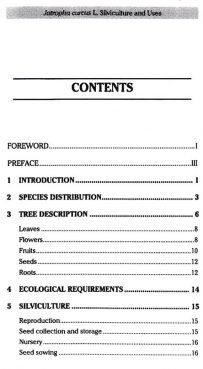
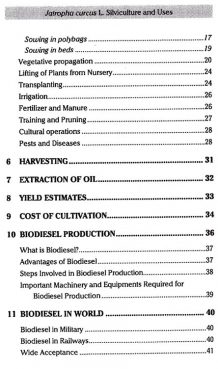
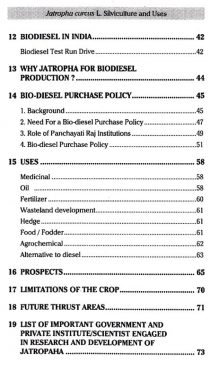
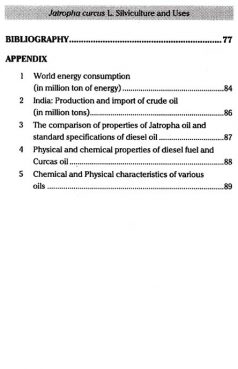
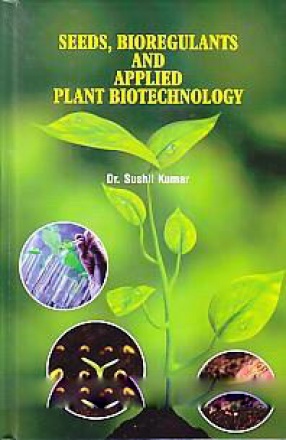

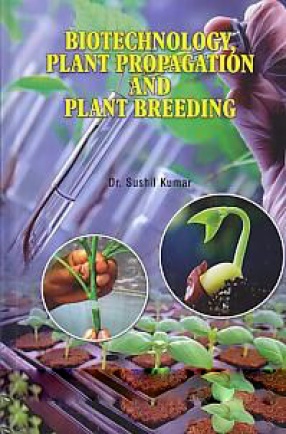
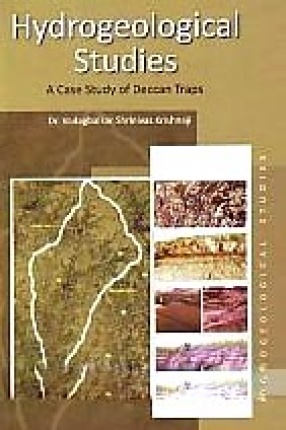
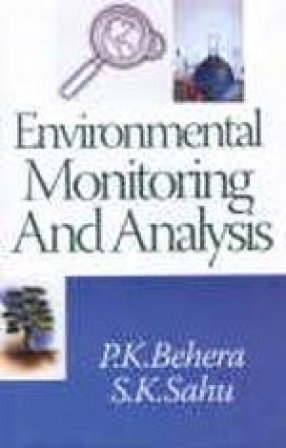

There are no reviews yet.